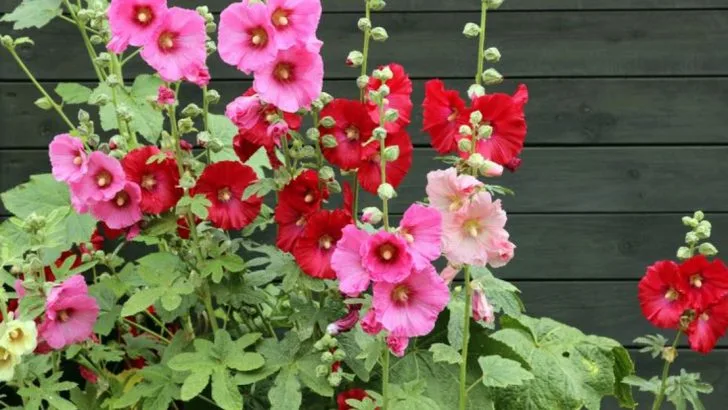Historic English gardens are known for their timeless elegance, structured wildness, and a rich tapestry of plants that reflect centuries of horticultural tradition. In recent years, there’s been a growing movement to restore heritage landscapes by reintroducing the very plants that once flourished in these storied spaces—plants that are now making a strong comeback.
From the romantic sweet rocket and meadow rue to heirloom varieties of roses, foxgloves, and wallflowers, these plants embody the charm and character of classic English gardening. Not only do they offer nostalgic beauty, but many are also pollinator-friendly, resilient, and well-suited to modern low-maintenance gardening.
Discover these 20 heritage plants being embraced once again in English gardens, and learn how to bring their vintage flair and botanical history into your own outdoor sanctuary.
Rosa Mundi
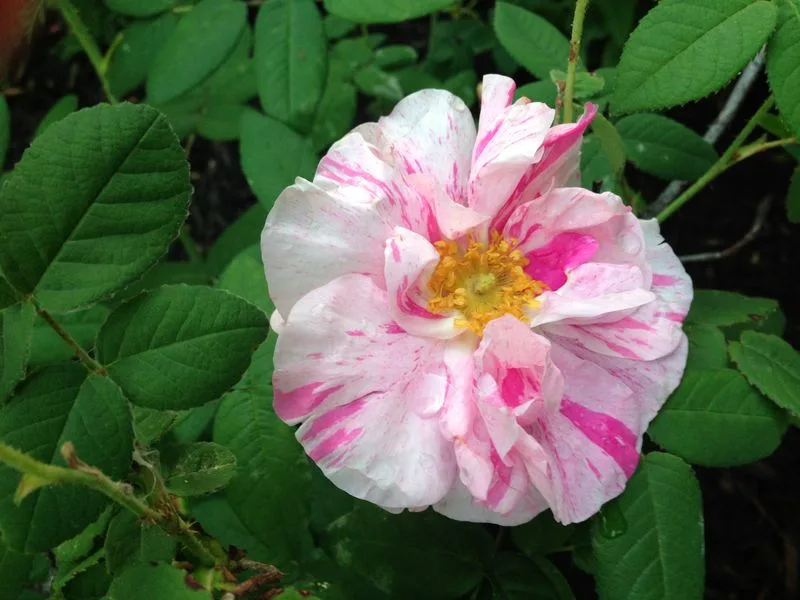
The striped petals of Rosa Mundi whisper tales of ancient gardens. This heritage rose, famed for its pink and white blooms, captivates with its nostalgia. Revered in Tudor times, it embodies the romance of yesteryears.
Its fragrance is a sweet reminder of summer afternoons. As it flourishes once more, Rosa Mundi invites butterflies and bees, fostering biodiversity. Plant it near a sunlit path, where its beauty can be admired up close.
Whether for its history or its charm, this rose is a delightful addition to any garden, promising to enchant visitors.
Foxglove
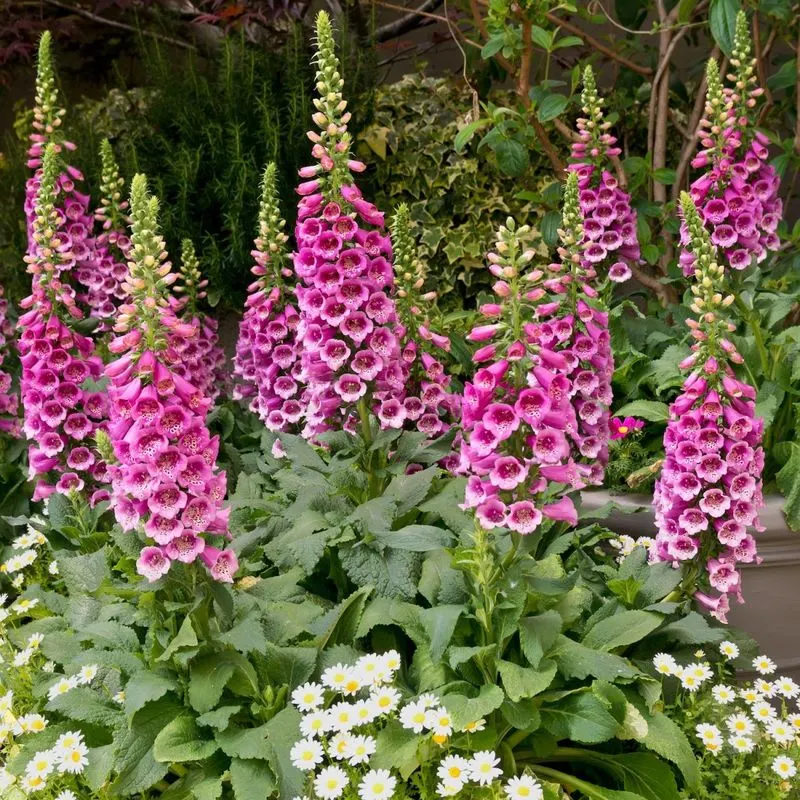
Foxgloves stand tall, punctuating gardens with their stately spires. These biennials, with their tubular blooms, are beloved by pollinators. Historically, they graced the edges of woodland gardens, adding height and drama.
Their role in traditional medicine lends an air of mystery. Despite their toxicity, they symbolize healing and resilience. Plant them in dappled shade for best results, where they can sway gently in the breeze.
Foxgloves are more than just a pretty face; they are a nod to the storied past of English horticulture.
Lupin
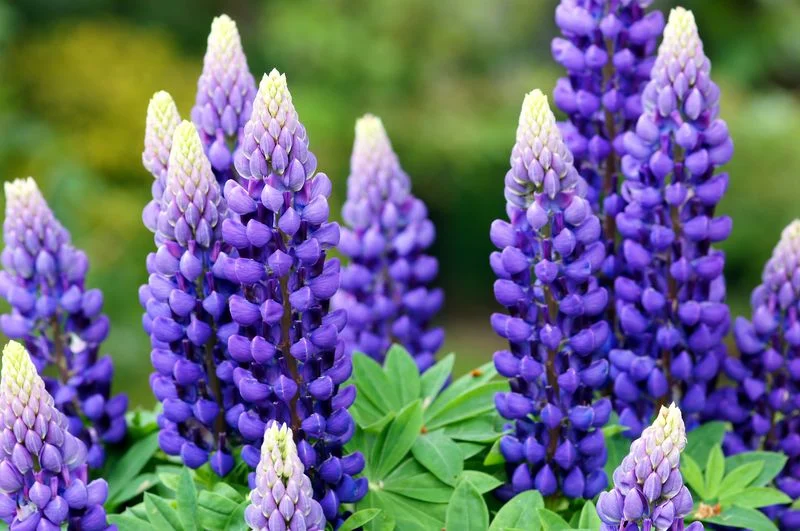
Lupins bring a burst of color to any garden, their spires reaching for the sky. Popular in Victorian times, these perennials are making a grand return. Their pea-like flowers are both striking and structurally intriguing.
Beyond their beauty, lupins improve soil health by fixing nitrogen. This makes them a gardener’s ally in sustainable planting. Embrace their versatility by mixing colors for a rainbow effect.
Lupins invite a sense of playfulness, making them a favorite for children and adults alike. Rediscover their charm in your garden today.
Sweet Pea
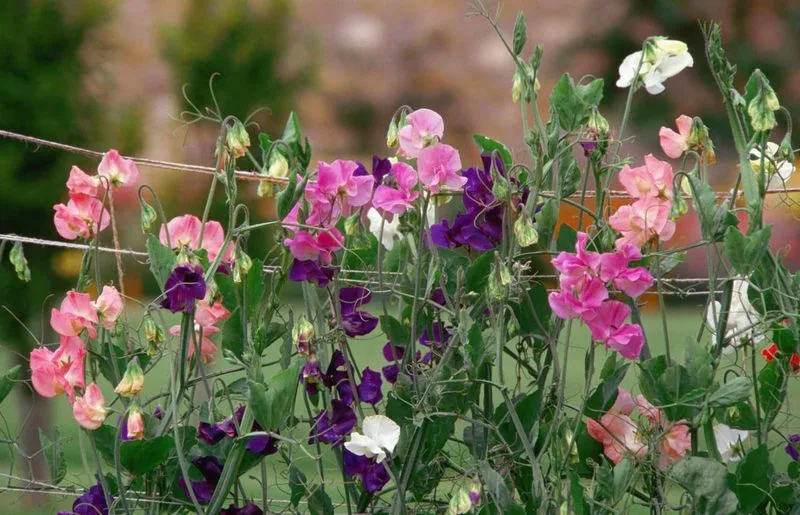
Sweet peas exude grace and elegance with their delicate petals and intoxicating scent. Once a staple in cottage gardens, they enchant with pastel shades and alluring fragrance.
These climbers thrive in well-drained soil with ample sunlight. Ideal for trellises, sweet peas add vertical interest and a splash of color.
Incorporate them into your garden for their charm and aroma, a sensory delight that captivates all who encounter them. Sweet peas are a timeless choice, bridging the gap between past and present garden aesthetics.
Hollyhock
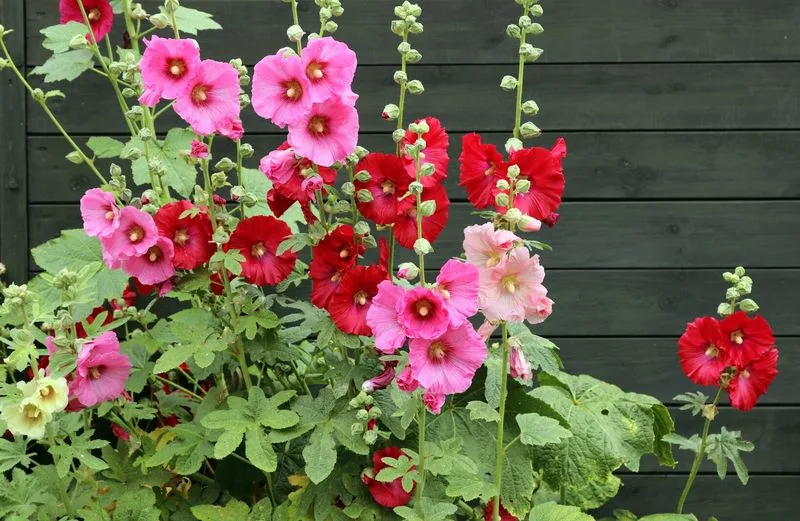
Standing proudly, hollyhocks add a touch of grandeur to any setting. These tall biennials, with their plate-like flowers, evoke images of medieval gardens. Their towering presence creates a natural backdrop.
Hollyhocks are resilient, thriving in sunny spots and reaching impressive heights. Align them against a wall for support and visual impact.
Their old-world charm is unmatched, offering a glimpse into the romantic allure of historic English gardens. Embrace hollyhocks for a vertical splash of color and a connection to the past.
Lavender
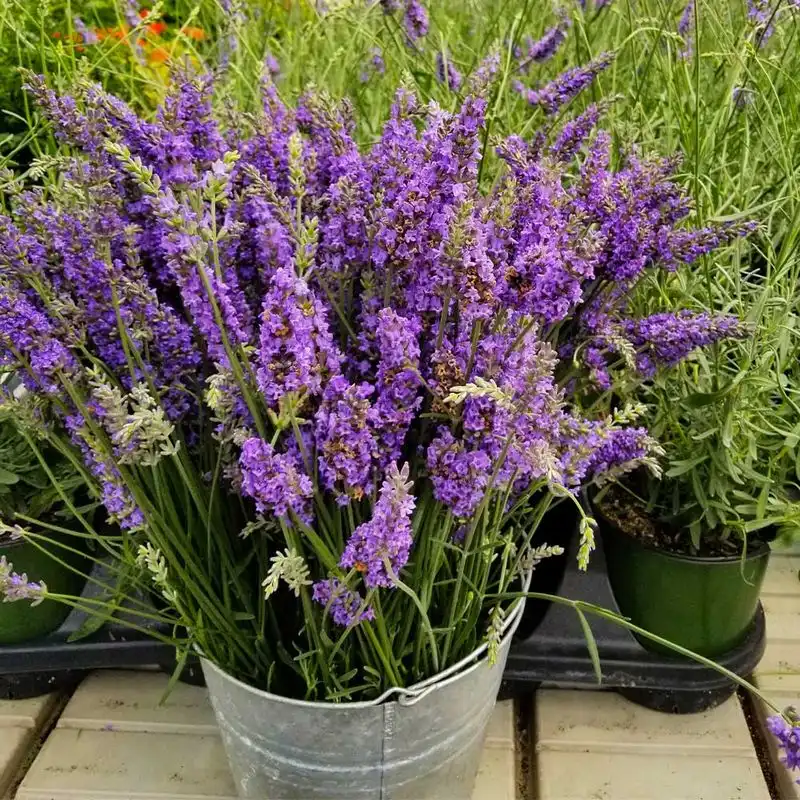
Lavender’s calming presence and aromatic foliage make it a garden favorite. Its purple spikes are synonymous with tranquility and grace. Historically, lavender adorned the gardens of monasteries and manor houses.
This hardy perennial thrives in well-drained soil and sunny locations. Use it to create fragrant borders or low hedges. Its essential oils offer therapeutic benefits, making it a multifunctional choice.
Lavender invites bees and butterflies, enhancing garden biodiversity. Its timeless appeal ensures it remains a cherished component of English garden traditions.
Peony
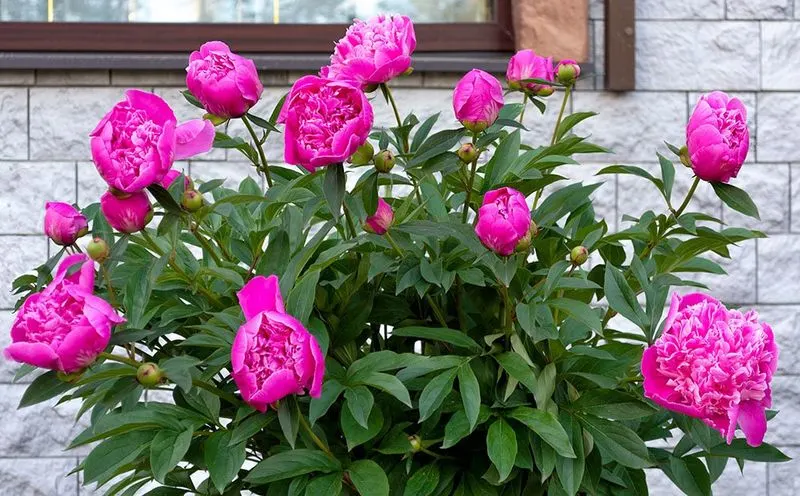
Peonies embody opulence with their lush, full blossoms and rich colors. These perennials have been prized since the Georgian era for their beauty and longevity. Their blooms are a sight to behold in late spring.
Peonies prefer sunny spots and well-drained soil, rewarding gardeners with years of splendor. Their fragrance is another alluring feature, adding layers of sensory delight.
Whether in a bouquet or a garden setting, peonies captivate with their elegance and timeless appeal. They are a worthy investment for any historic garden enthusiast.
Wisteria
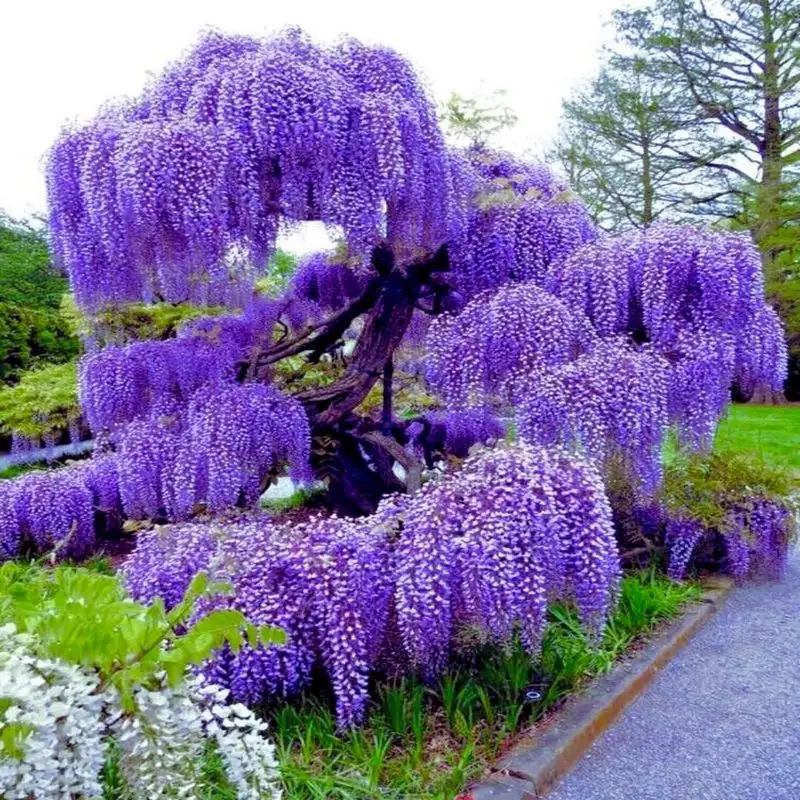
Wisteria captivates with its cascading blooms and enchanting fragrance. A symbol of romance, this vine has graced English gardens for centuries. Its lilac-hued flowers create a breathtaking display in spring.
Place wisteria where it can climb and spread, such as over a pergola or archway. Its blossoms provide shelter and food for wildlife, contributing to garden biodiversity.
While wisteria requires patience as it establishes, the reward is a stunning floral spectacle. Embrace its allure for a touch of historical elegance in your garden.
Daisy
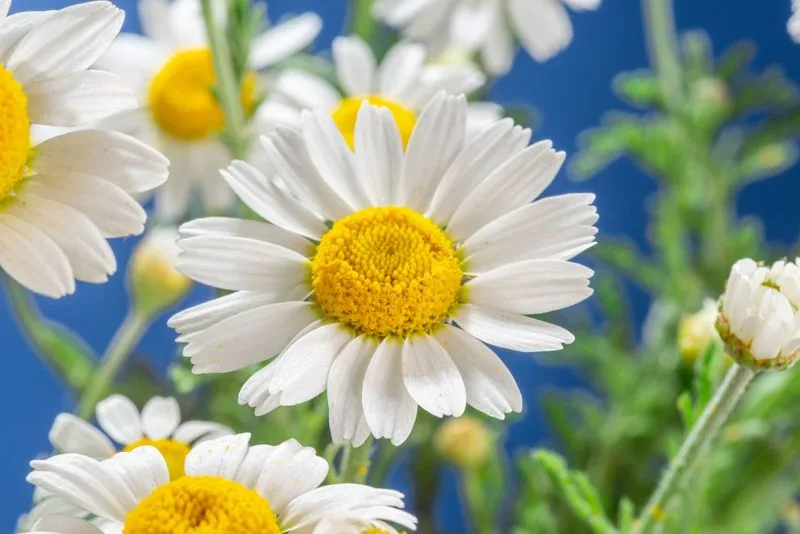
Daisies, with their cheerful faces, bring joy and simplicity to gardens. These resilient perennials are often associated with innocence and purity. Historically, they featured in meadows and cottage gardens.
Their ability to thrive in various conditions makes them a versatile choice for garden design. Daisies attract pollinators, supporting local ecosystems.
Scatter them throughout your garden for a natural, carefree look. Their unpretentious beauty and ease of care make daisies a delightful choice for gardeners of all levels.
Yarrow
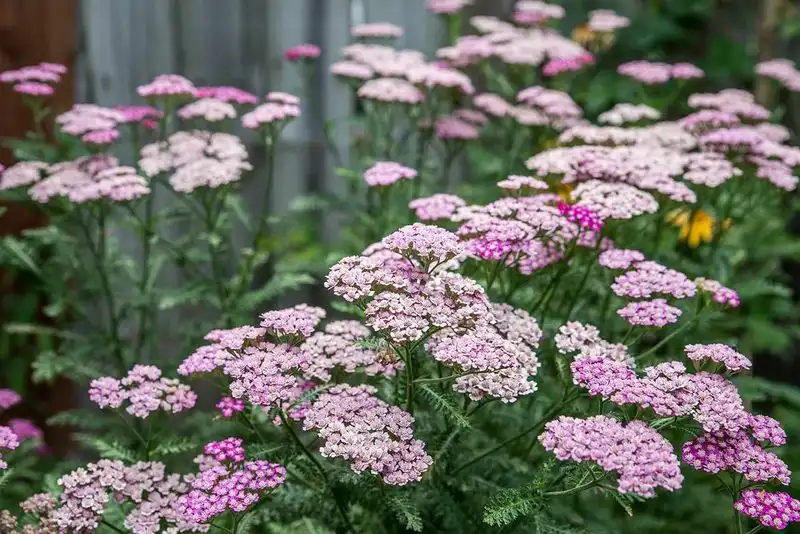
Yarrow stands out with its feathery foliage and flat-topped clusters of flowers. A staple in medieval herb gardens, yarrow was valued for its medicinal properties. Its drought tolerance and hardiness make it a gardener’s ally.
Plant yarrow in full sun to encourage robust growth. Its flowers not only attract beneficial insects but also make excellent cut flowers.
With its varied uses and historical significance, yarrow enriches gardens in both form and function. Its presence is a nod to the ingenuity of past gardeners.
Marigold

Marigolds are sun-loving annuals that add a splash of color and cheer. Beloved for their bold hues, they have adorned English cottages for generations. Their peppery scent deters pests, making them a practical choice.
These vibrant flowers thrive in sunny spots, providing constant blooms throughout the season. Marigolds are easy to grow and maintain, perfect for both novice and seasoned gardeners.
Their radiant presence brightens any garden setting, embodying warmth and vitality. Plant marigolds for an infusion of color and practicality in your garden.
Forget-Me-Not
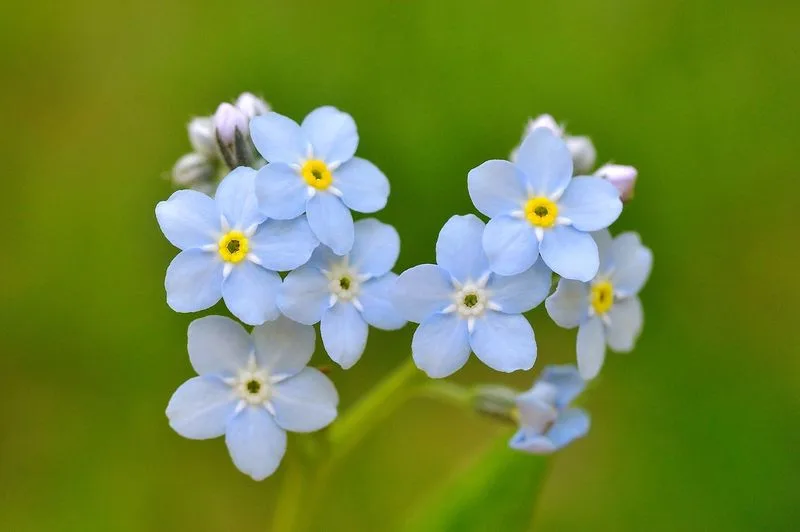
Forget-me-nots are cherished for their delicate blue flowers and nostalgic charm. Often found in woodland gardens, they evoke a sense of whimsy and romance. These biennials thrive in moist, shaded environments.
Their blooms create a carpet of blue, perfect for naturalizing under trees or along garden paths. Forget-me-nots attract butterflies, enhancing the garden’s ecosystem.
Their name carries a poignant message, adding depth to their appeal. Plant them for a touch of enchantment and a connection to garden lore.
Primrose
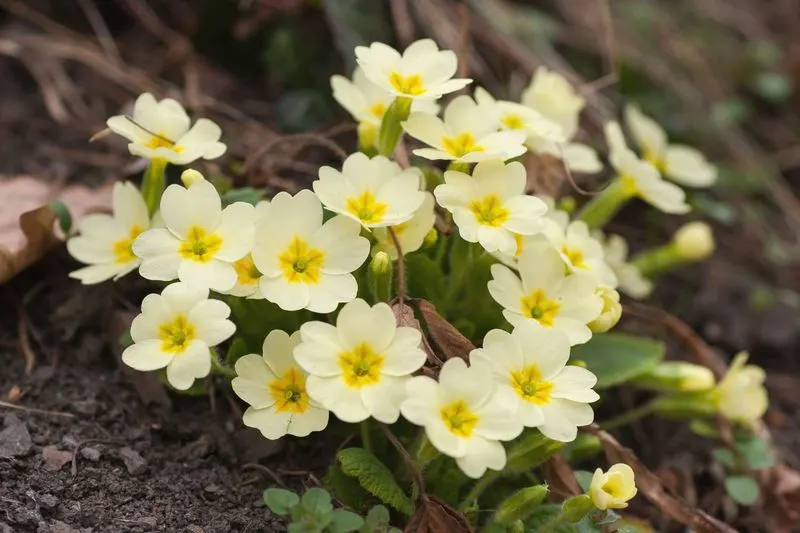
Primroses herald the arrival of spring with their vibrant blooms. These perennials have been a beloved part of English gardens for centuries. Their cheerful colors range from yellow to pink to purple.
Primroses thrive in cool, moist soil and partial shade. Their early blooms provide vital nectar for pollinators emerging from hibernation.
Plant primroses in clusters for maximum impact, creating a lively splash of color. Their historical significance and versatility make them a cherished addition to any garden.
Bluebell
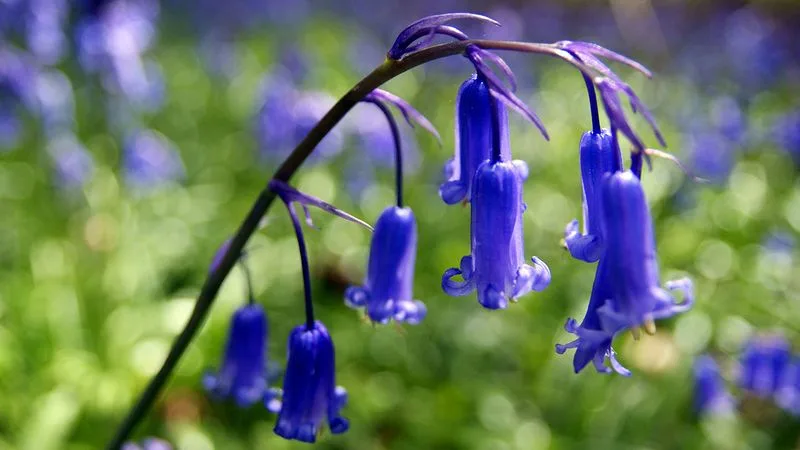
Bluebells transform woodlands into magical realms with their vibrant blue carpets. These perennials are emblematic of springtime in England. Their sweet fragrance and nodding blooms create an enchanting atmosphere.
Bluebells thrive in shaded areas with moist soil, often under deciduous trees. Their presence supports various wildlife, enhancing biodiversity.
These flowers hold cultural significance, celebrated in folklore and art. Plant bluebells to evoke the spirit of traditional English woodlands and to connect with nature’s timeless beauty.
Delphinium
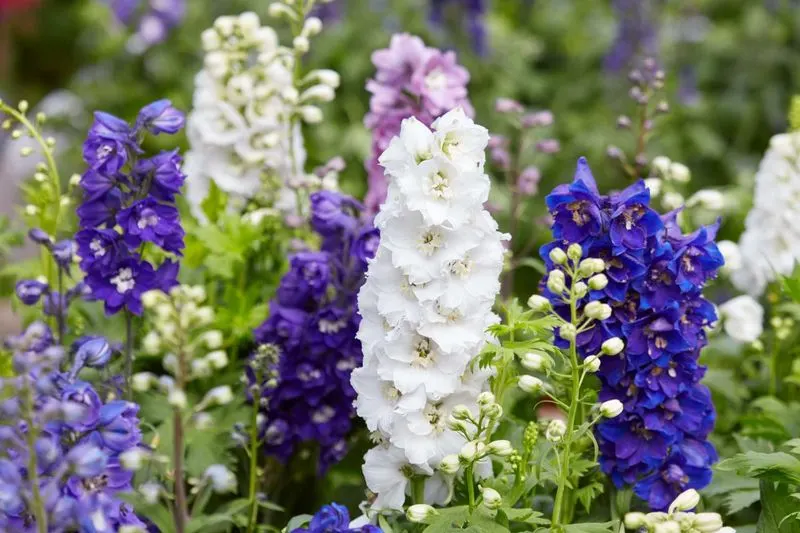
Delphiniums elevate gardens with their tall, stately flower spikes. Favored in Victorian times, they add elegance and color to borders. These perennials come in a range of hues from subtle pastels to vibrant blues.
Requiring rich soil and full sun, delphiniums demand a bit of care but reward with spectacular blooms. Their height makes them ideal for the back of garden beds.
Beyond their beauty, delphiniums attract pollinators, enriching the garden’s ecosystem. Their historical significance and striking appearance make them a must-have for classic gardens.
Snapdragon
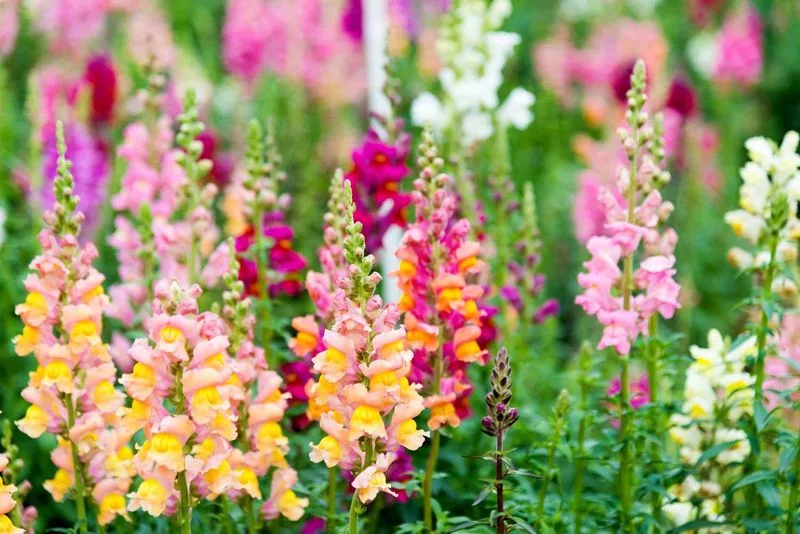
Snapdragons delight with their whimsical flowers and range of colors. These annuals, once popular in cottage gardens, are known for their playful, dragon-shaped blooms.
Thriving in sunny spots, snapdragons are easy to grow and maintain. They provide continuous color throughout the growing season, perfect for garden borders or containers.
Their name and distinctive shape capture the imagination of young and old alike. Plant snapdragons for a touch of whimsy and a nod to traditional English gardening.
Poppy
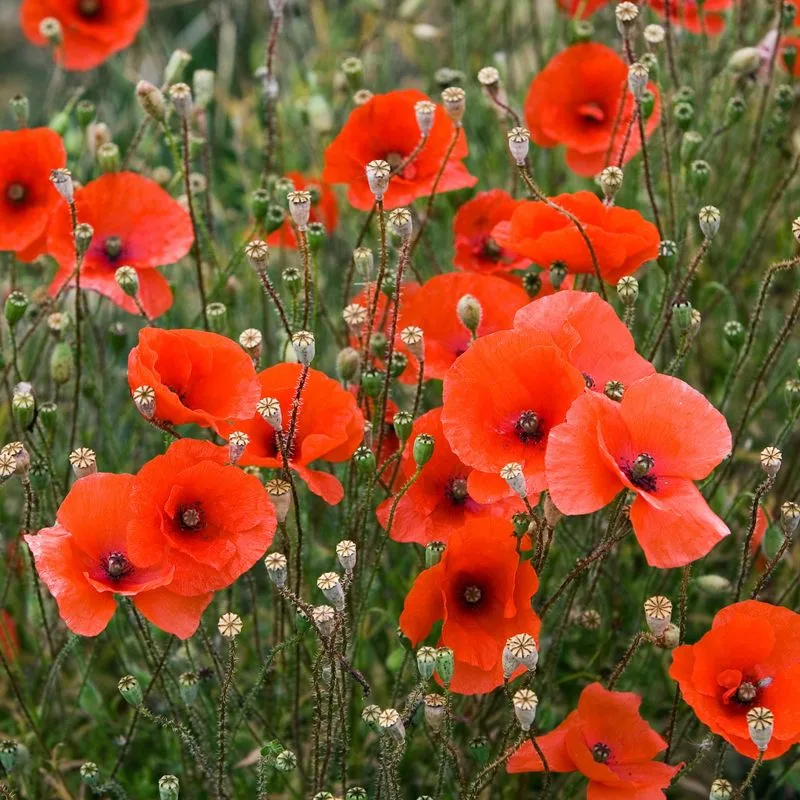
Poppies are iconic for their delicate petals and vibrant hues. These annuals, with their papery blooms, are steeped in symbolism and history. Poppies have long been associated with remembrance and resilience.
They thrive in sunny, well-drained spots, providing a striking display in gardens and meadows. Poppies attract pollinators, contributing to a healthy garden ecosystem.
Their ephemeral blooms remind us of the beauty and fragility of life. Plant poppies to create a vivid tapestry of color and to honor their poignant legacy.
Campanula
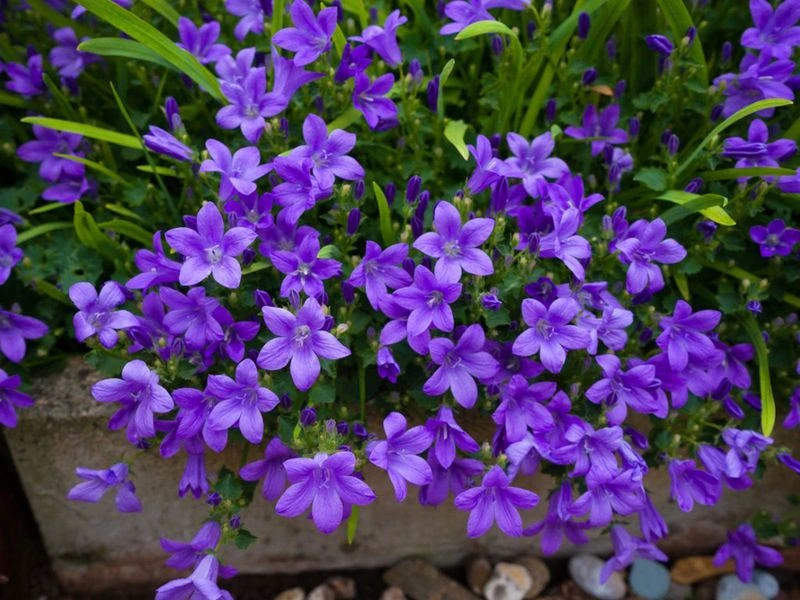
Campanula, or bellflower, captivates with its charming, bell-shaped blooms. These perennials have been a favorite in English gardens for their versatility and long flowering period.
They flourish in sunny or partially shaded areas, offering a cascade of color. Campanula’s gentle nature attracts pollinators, supporting garden biodiversity.
Their graceful form and varied hues make them a versatile addition to any garden. Plant campanula for a touch of elegance and a connection to the timeless beauty of English horticulture.
Rosemary
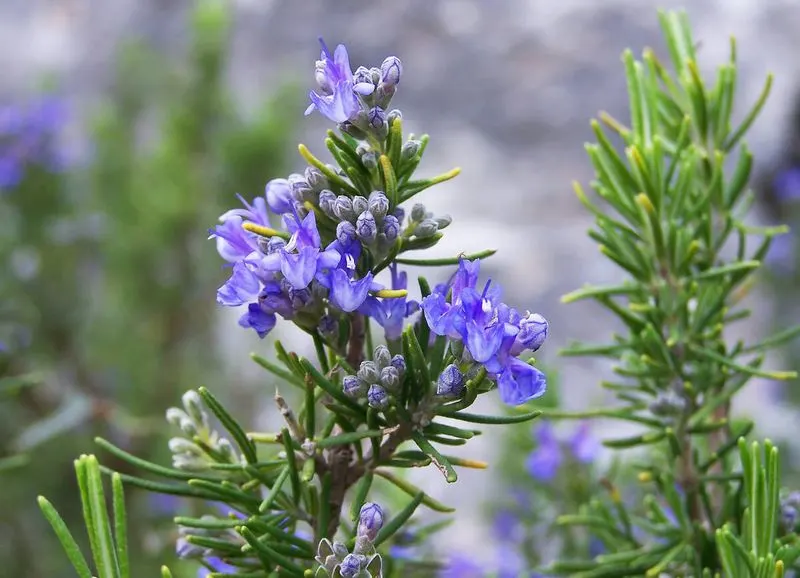
Rosemary offers more than culinary delight with its aromatic, evergreen foliage. This hardy herb has a storied history in English gardens, symbolizing remembrance and friendship.
Thriving in well-drained, sunny locations, rosemary is both ornamental and practical. Its fragrant leaves are a favorite for cooks and gardeners alike.
Rosemary’s resilience and year-round beauty make it a valuable addition to any garden. Plant it for its rich history and to enjoy its delightful presence both in the garden and the kitchen.
Spotted Cow Parsnip
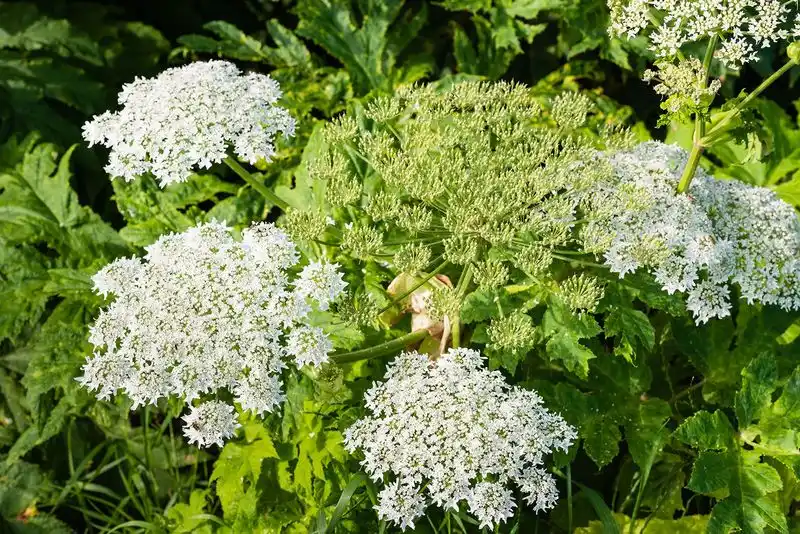
Imagine strolling through a lush English garden and discovering the spotted cow parsnip! With its towering stalks crowned by large, creamy white umbels, this plant adds a touch of drama to any setting. Its delicate fern-like leaves sway gently in the breeze, offering a tactile delight.
Once considered a wild giant, it’s now making a graceful comeback in manicured landscapes. Gardeners appreciate its ability to attract pollinators, turning any garden into a bustling hub of activity.
If you’re seeking a plant that combines beauty with ecological benefits, the spotted cow parsnip is your perfect companion.

